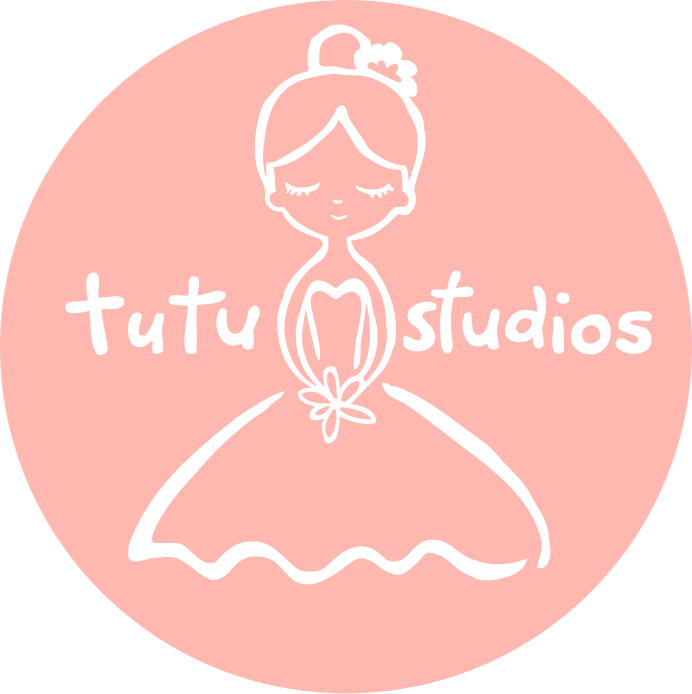When you have little ones it can seem like all they do is move all day every day. They’re up with the sun, waking you with a ‘mummy’ or ‘daddy’, and from there it can seem non-stop for the rest of the day. You know they’re moving but is it the sort of movement they need to live healthy little lives?
We did some digging and discovered that it’s not necessarily the type of movement but how long that matters. The amount of time also changes as they grow.
Movement for toddlers and pre-schoolers
The Department of Health recommends that toddlers (1 to 3 years) and pre-schoolers (3 to 5 years) should be physically active every day for at least three hours, spread throughout the day.
The three hours of physical activity doesn’t have to be all at once either, they share. It can be accumulated throughout the day and can include light activity like standing up, moving around and playing.
Inspiring your little ones
There are many different ways you can inspire your little ones to move too. They can:
- play with different sized balls
- twirl and run with streamers
- play with balloons and punch, kick or throw them to keep them off the ground
- blow bubbles and chase them through the air
- play games like hide-and-seek, obstacle courses, follow the leader, stuck in the mud, or tip/tag games
- move to music or try action songs like ‘Ring-A-Ring-A-Rosie’ or ‘Head Shoulders-Knees and Toes’
- walk barefoot on different surfaces like try grass, carpet, concrete or sand
- pretend to move like different animals
- play dress ups and act out different roles.

How we help our students move
When we read this impressive list we silently ticked each one off as activities we do in our pre-school ballet classes. We love to help little ones move in a fun and creative way while building their confidence and capability as little dancers. And a class with us is one of the three hours ticked off for you too.
Additionally, we use props as part of our classes to make the activities more active. You can even continue this sort of play and movement at home as the materials you use don’t need to be expensive.
Props that you can use
For infants to encourage reaching, stretching, crawling and moving you can use:
- Boxes
- Pots
- Pans
- Streamers
- Hoops
- Toys.
For toddlers and pre-schoolers, choose toys and play materials that encourage movement and help develop skills like running, kicking, throwing and catching, such as:
- Balls
- Bats
- Tricycles
- Kites.
Movement for children aged 6 and older
When your child or children get a little older the amount of time needed for movement reduces but isn’t any less important. The Mayo Clinic recommends that children and adolescents age 6 and older need at least an hour a day of physical activity. It reports that most of the hour should be either moderate or vigorous aerobic activity. In addition, children should participate in muscle-strengthening and bone-strengthening activities at least three days a week.
Common activities cover all bases
Many common school-age activities — such as playing on playground equipment and jumping rope — cover all the bases at once. Organised sports such as baseball or soccer are a great way to stay fit too, as are dance classes.
Use creativity for your child
But get creative as you search for activities your child enjoys. The Mayo clinic recommends if your child:
- is artistically inclined, consider a nature hike to collect leaves and rocks for use in a collage.
- likes to climb, head for the nearest jungle gym or climbing wall.
- loves reading, walk or bike to a local library for a book.
Or, one of our favourites, simply turn on your child’s favourite music and dance in the living room.

Cut back on screen time
If you find it hard to pull your child away from the TV, computer or smartphone to get them out moving more, you could try:
- Making meal time your family time and turn off the TV.
- Setting limits and having rules around screen time.
- Making your kids’ bedrooms TV and computer free.
- Playing music or stories on CDs instead.
Be the example for your little one
And join in the Mayo Clinic suggests. By being active with your child you can encourage their lifelong enjoyment of physical activity and you can benefit your own health at the same time.
You are also a role model as a parent so your child is more likely to be physically active if you make physical activity a family priority.




